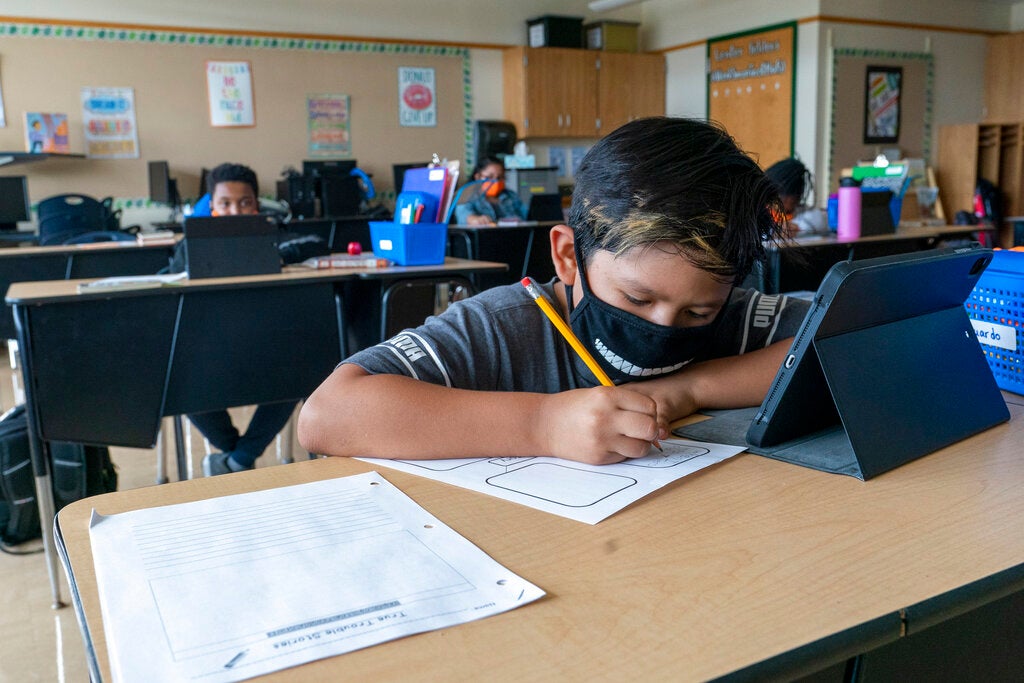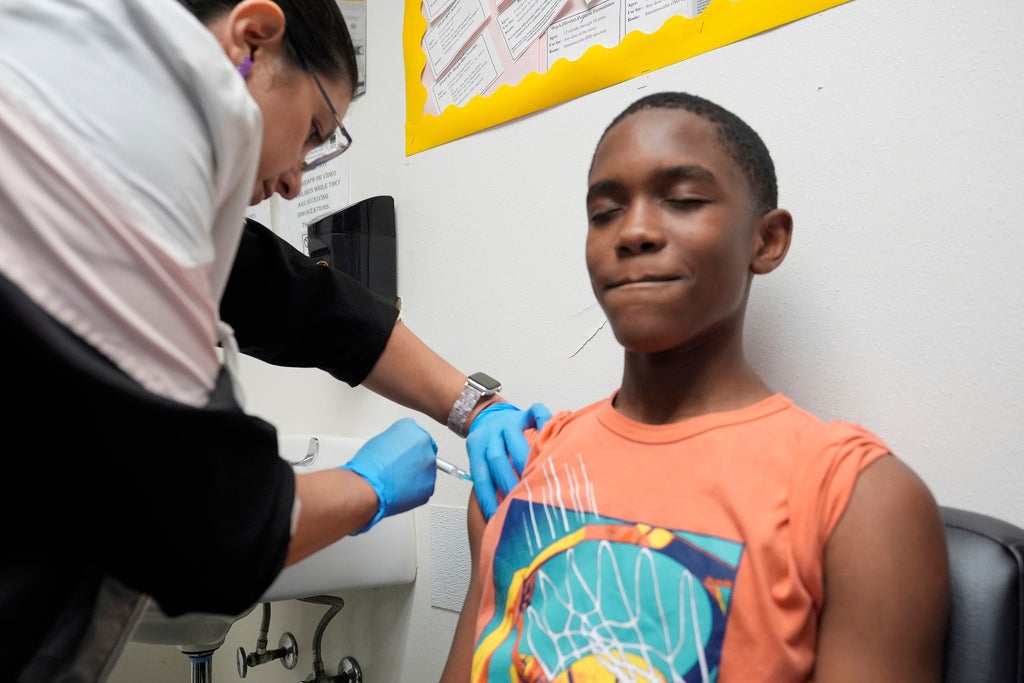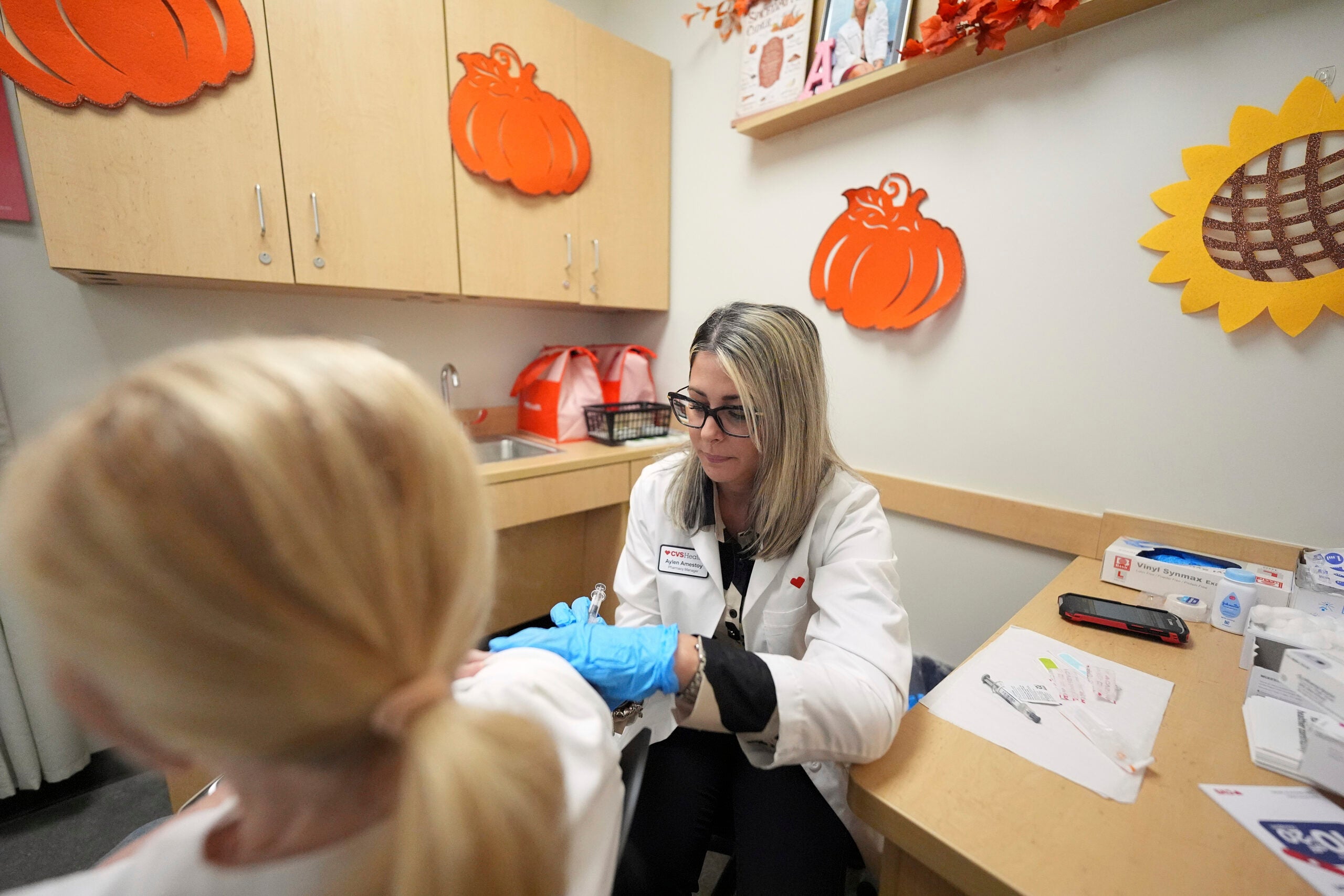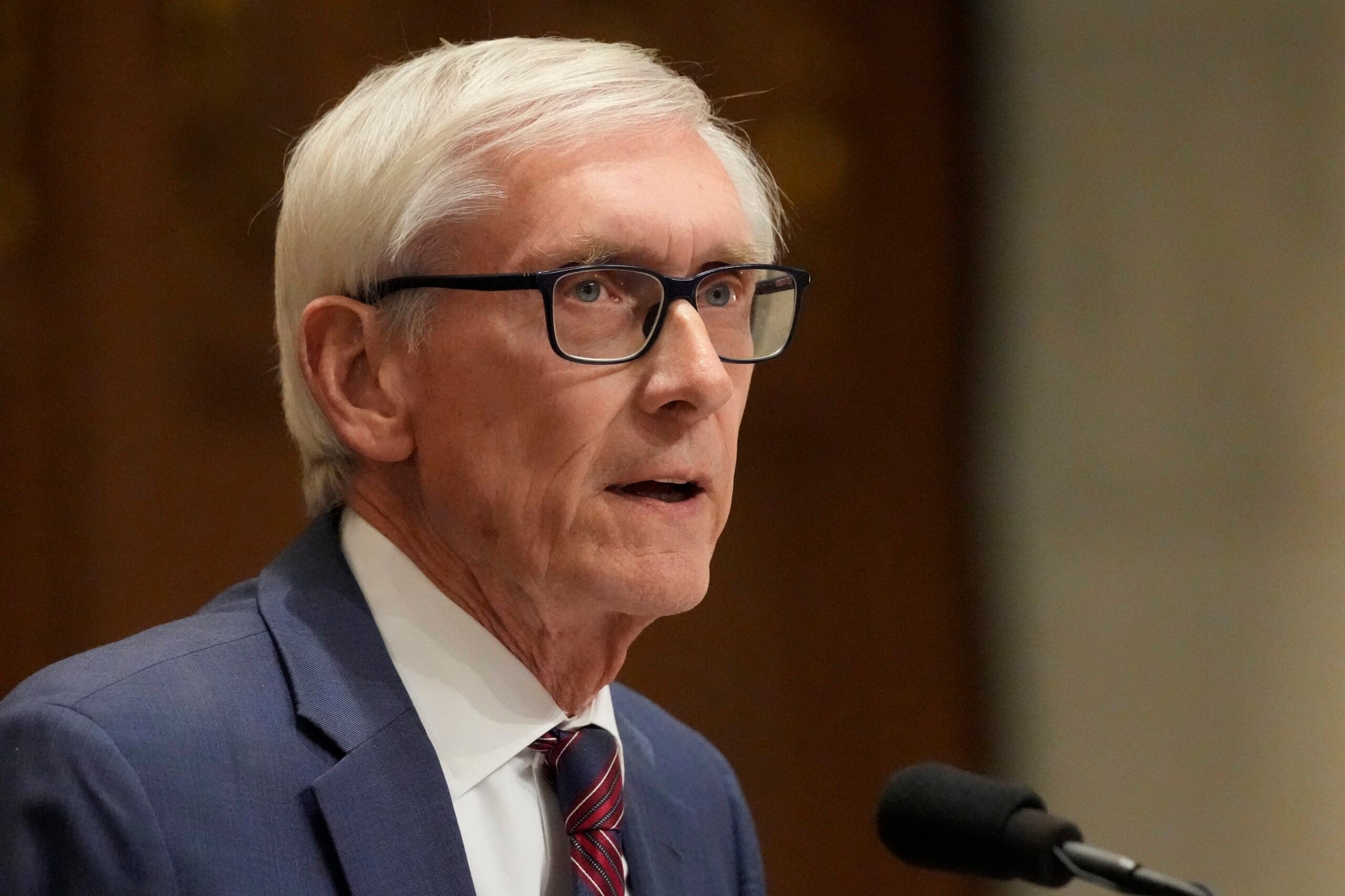Wisconsin’s health and education agencies released new COVID-19 guidance for schools Wednesday, with an emphasis on universal masking as the delta variant of the coronavirus has driven an uptick in cases of COVID-19.
“When we start school in a few months, we are going to be in a bad phase of the epidemic, where transmission is high,” Dr. Ryan Westergaard told Wisconsin school and health officials in a briefing Thursday. “We have a different virus now that is four to five times more contagious, that can spread from people who are vaccinated and people who are unvaccinated, and the whole country is heating up.”
Like last year, schools aren’t required to institute COVID-19 precautions outlined by the state Department of Health Services and state Department of Public Instruction.
News with a little more humanity
WPR’s “Wisconsin Today” newsletter keeps you connected to the state you love without feeling overwhelmed. No paywall. No agenda. No corporate filter.
Still, officials say masking, social distancing and other preventive measures will help keep school buildings open and students learning in person.
“I know many students and families desire in-person learning and a safe return to the classroom this fall,” Deputy state Superintendent John Johnson said at the briefing. “We want schools open for in-person instruction, and we want kids safe, staff safe and families safe. That’s why we strongly recommend the use of the guidelines DHS has provided across our state.”
Students, staff and teachers were required to wear masks for most of last school year because there was a statewide mask mandate. Because the state Supreme Court knocked that mandate down in March, it’s now up to individual districts to decide whether they’ll require masks for everyone, only for age groups that aren’t yet vaccine eligible, or not at all.
DPI Superintendent Jill Underly, who headed the Pecatonica School District before being elected to the state’s top education job last school year, sent administrators a letter Thursday urging them to require masks, citing similar guidance from the Centers for Disease Control and Prevention and the American Academy of Pediatrics.
“Throughout the school year, (Pecatonica) required all children and staff to wear masks, and anyone visiting campus indoors to wear masks,” she wrote. “And while it wasn’t perfect, it worked. It kept our schools open except for a few periods of high transmission in the community.”
DHS’ guidance also urges schools to encourage vaccination for students, staff and community members who are eligible. Trials are underway to test the efficacy and safety of the vaccines in children under age 12, and approval for that age group could come this winter, according to recent reports. DHS is also offering free school-based COVID-19 testing this year.
Mask-wearing will also cut down the amount of quarantining required if someone comes in contact with another person who tests positive for COVID-19, according to both state and federal guidance.
“If they’re unable or unwilling to mask, then they should avoid other people and quarantine for that 14-day period,” Dr. Ryan Wozniak told administrators at the Thursday briefing. “If they’re simply exposed, and they take precautions, we feel like it’s OK for them to continue working, but if they’re unwilling to take precautions, we don’t feel it would be safe for them to come back to work.”
While the CDC has updated its guidance to recommend a 3 foot rather than 6 foot distance whenever possible, DPI school nurse consultant Louise Wilson emphasized that more distance is better — and situations where students are unmasked, like lunchtime, should be accompanied by greater distancing.
“The 3-feet distancing really is a minimum that’s recommended in classrooms,” she said. “Any time that you can be 6 feet away, then do it.”
Wisconsin Public Radio, © Copyright 2026, Board of Regents of the University of Wisconsin System and Wisconsin Educational Communications Board.




